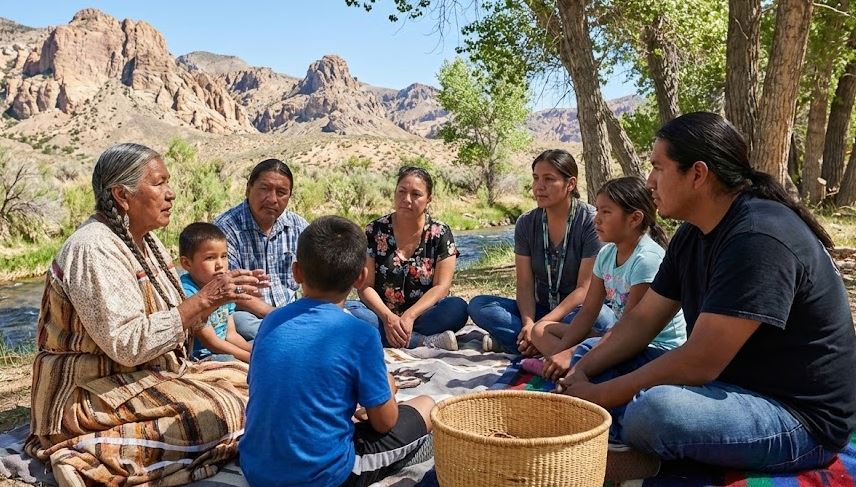1719: The Year South Carolina Embraced Royal Rule
This article explores the circumstances leading up to this change and the significance of 1719 in South Carolina's history.
The Era of the Lords Proprietors
The story begins in the 1660s when King Charles II of England granted a vast expanse of land, named Carolina in his honor, to eight loyal supporters known as the Lords Proprietors. These proprietors, including North and South Carolina, were given extensive powers to govern the territory. They aimed to establish profitable settlements based on agriculture and trade.
Challenges Under Proprietary Rule
While settlement began, particularly around Charles Town (modern Charleston), the proprietary government faced numerous challenges in effectively managing the southern part of the colony.
- Defense Issues: The Proprietors often struggled to provide adequate defense against threats from the Spanish in Florida and various Native American tribes. The costly and devastating Yamasee War (1715-1717) highlighted the perceived weaknesses of the proprietary government's ability to protect its colonists.
- Neglect and Instability: Many colonists felt neglected by the distant Proprietors in England, believing their economic and political concerns were not adequately addressed. Political infighting within the colony also contributed to instability.
The Revolution of 1719
Growing discontent reached a boiling point in 1719. Frustrated with the perceived inaction and inability of the Lord's Proprietors to provide security and stable governance, a significant faction of South Carolina colonists staged a rebellion. They effectively overthrew the proprietary governor and appealed directly to the British Crown, requesting that South Carolina be taken under royal protection and administration.
Transition to a Royal Colony
The British Crown agreed to the colonists' request. In 1719, the Crown assumed control of South Carolina's government, appointing a royal governor and effectively ending the proprietary rule in the southern part of the colony. This marked the beginning of South Carolina's era as a royal colony. While the formal division between North and South Carolina and the final settlement with the Proprietors would take another decade (around 1729), 1719 represents the crucial year when South Carolina pivoted away from proprietary control towards direct governance by the King.
Significance and Legacy
The transition to a royal colony in 1719 brought significant changes to South Carolina. It led to a period of more excellent political stability (at least initially), closer ties to the British government and military, and continued economic growth, particularly through the expansion of rice and indigo cultivation based on enslaved labor. This shift fundamentally altered the political landscape of the colony and set the stage for its future development leading up to the American Revolution.
1719 is a pivotal date in South Carolina's history, marking the end of effective rule by the Lord's Proprietors and the beginning of its identity as a royal colony. Driven by concerns over security and governance, the colonists took decisive action, fundamentally changing their relationship with the British Crown. This transition shaped the colony's future trajectory, leading to increased stability and solidifying its place within the British Empire until the dawn of the American Revolution.
Sources:
- South Carolina Department of Archives and History
- South Carolina Historical Society
- Histories of Colonial South Carolina
- Records of the British Board of Trade
- Historical accounts of the Yamasee War



